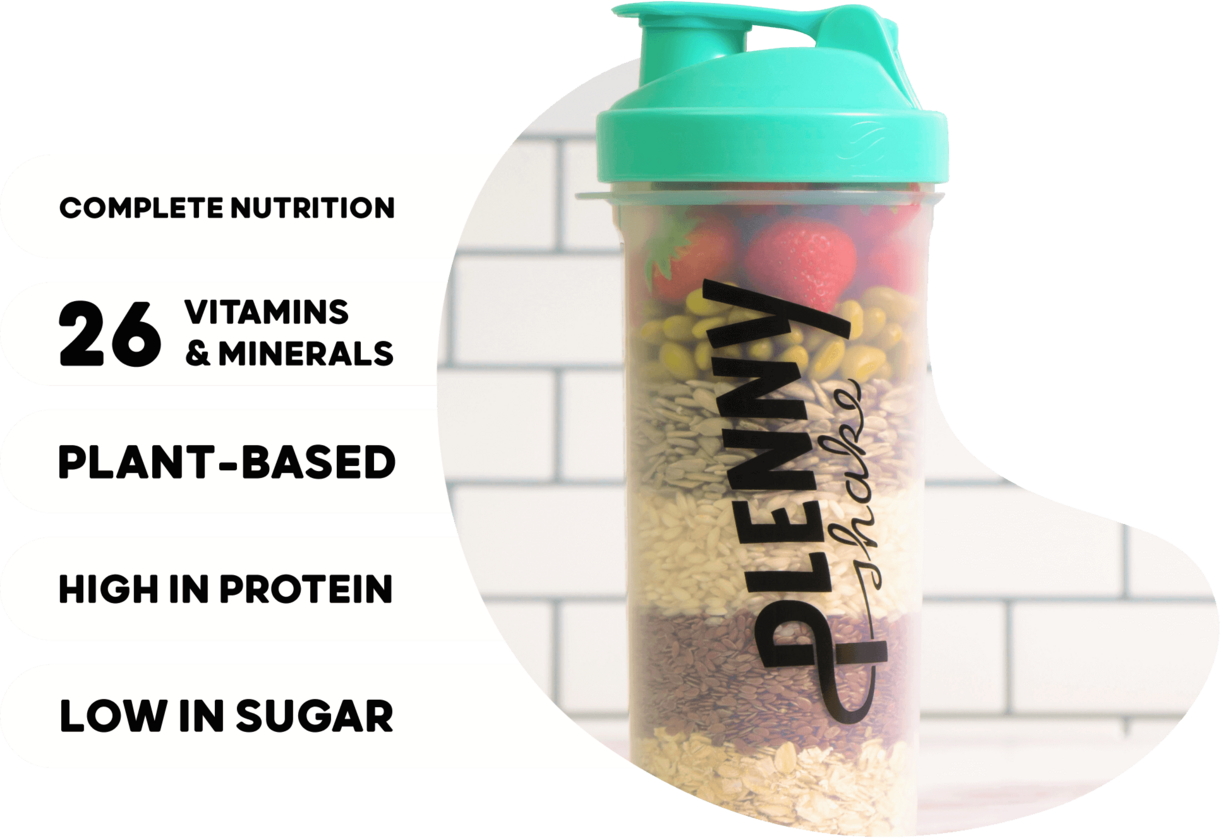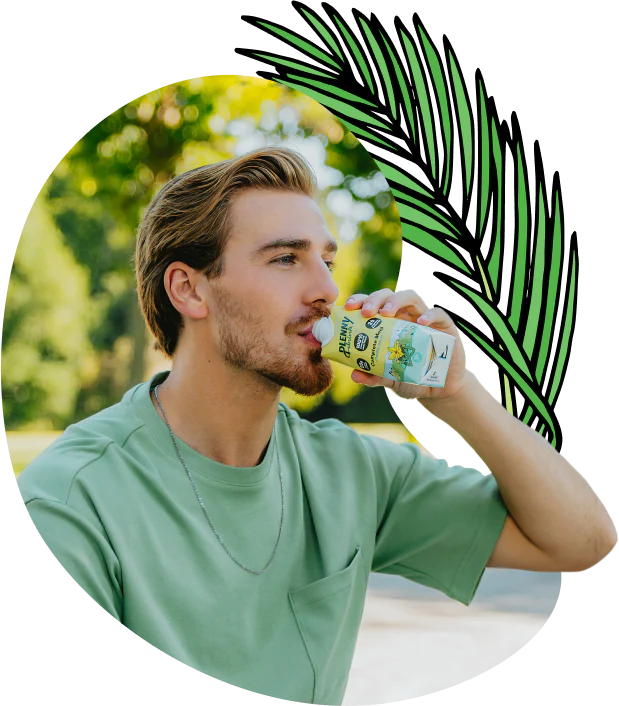
En España tenemos nuestro distribuidor llamado Esjoy, que envía nuestros productos desde Madrid.

En España tenemos nuestro distribuidor llamado Esjoy, que envía nuestros productos desde Madrid.

Nope, that’s no typo. Just one of our nutritionally complete meals contains a whopping 175 health benefits - scientifically proven by the European Food and Safety Authority.

Our 100% plant-based formula of natural ingredients contains a perfectly balanced mix of macronutrients that’s high in protein and low in sugar. Plus: all 26 essential vitamins and minerals.

Nutritionally complete meals that save you hours every week and start at just €1,59 per meal. That’s unbeatable value for money! And if you’re not 100% satisfied, we’ll refund you in full. Promised.